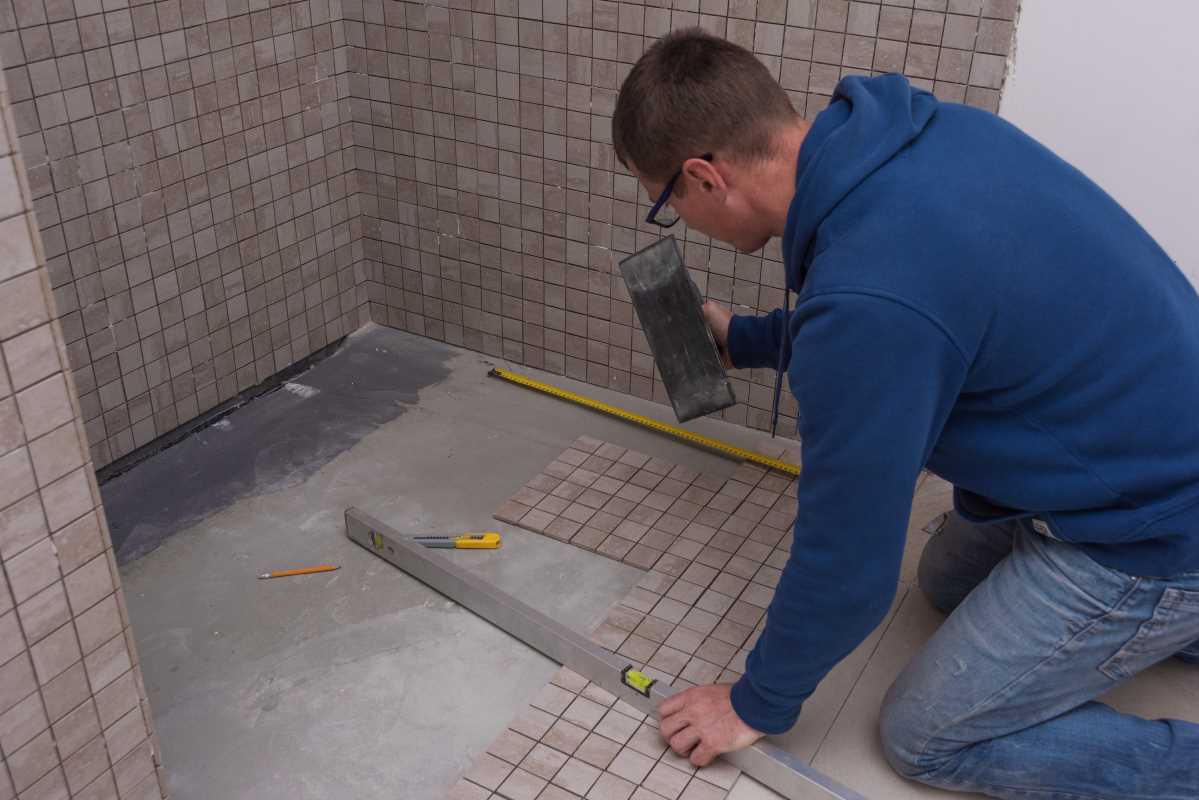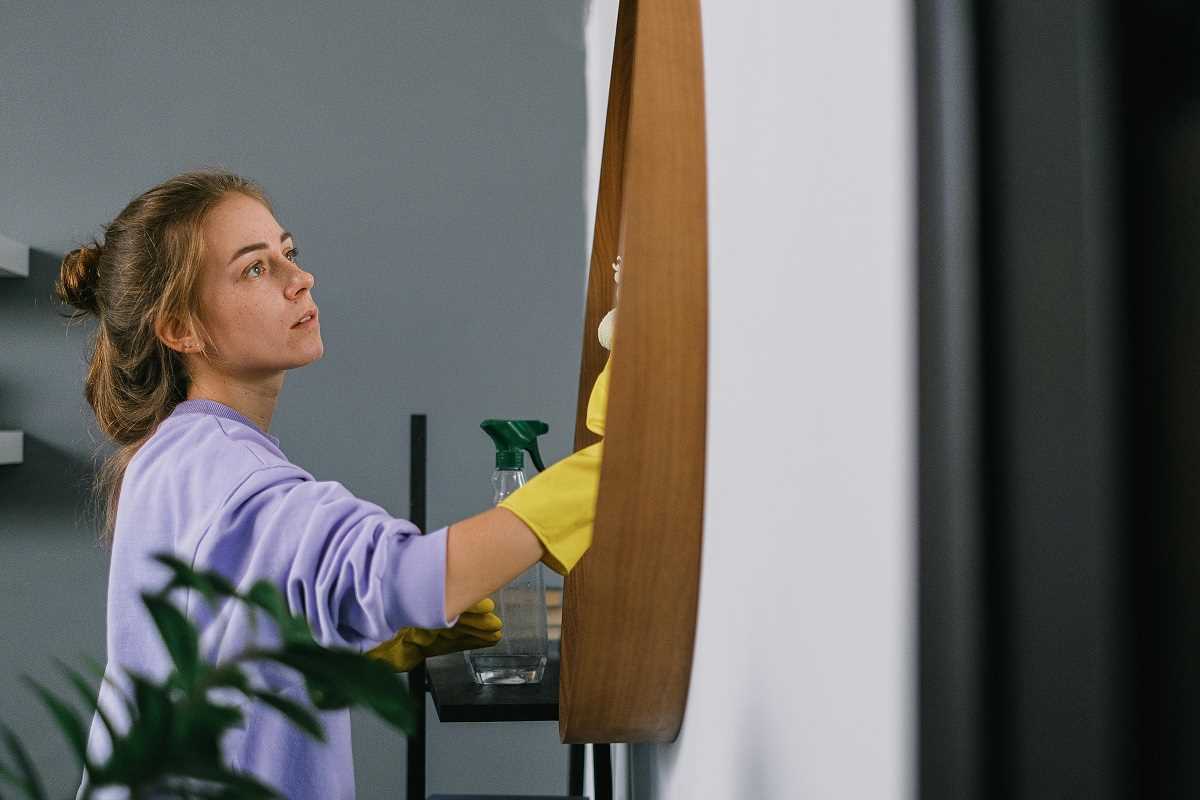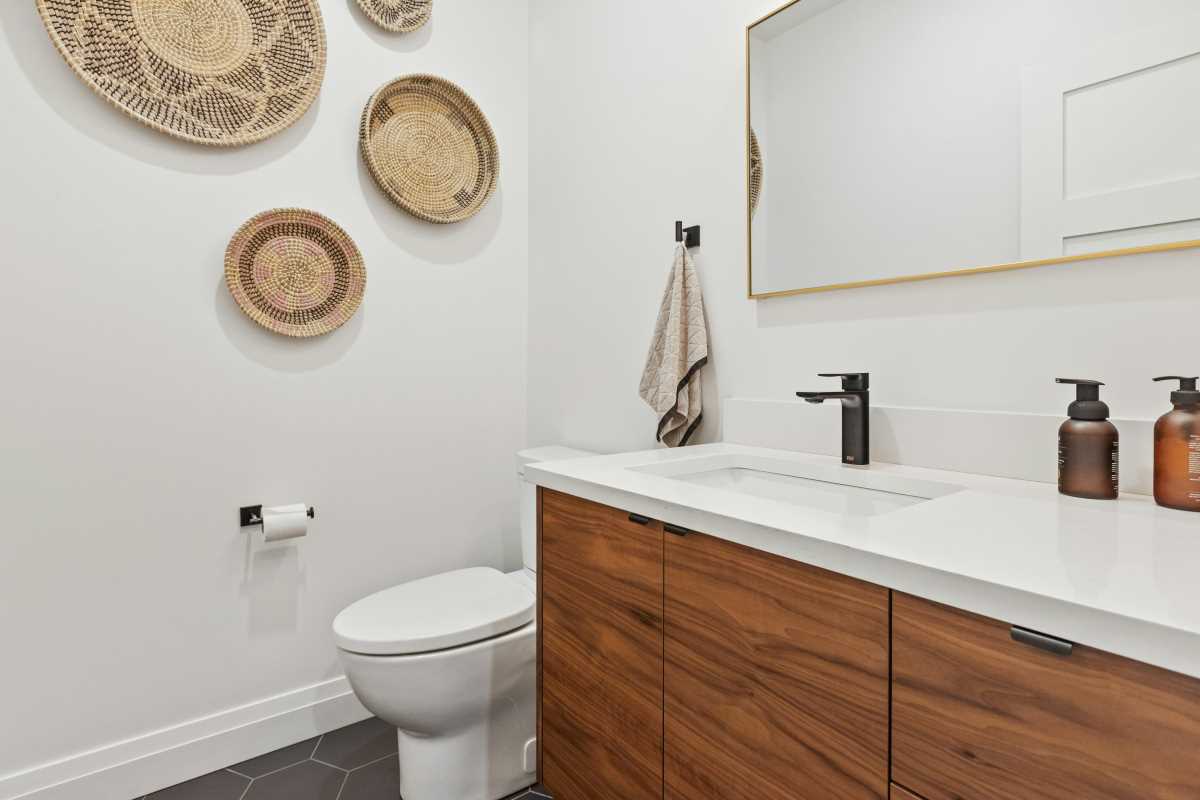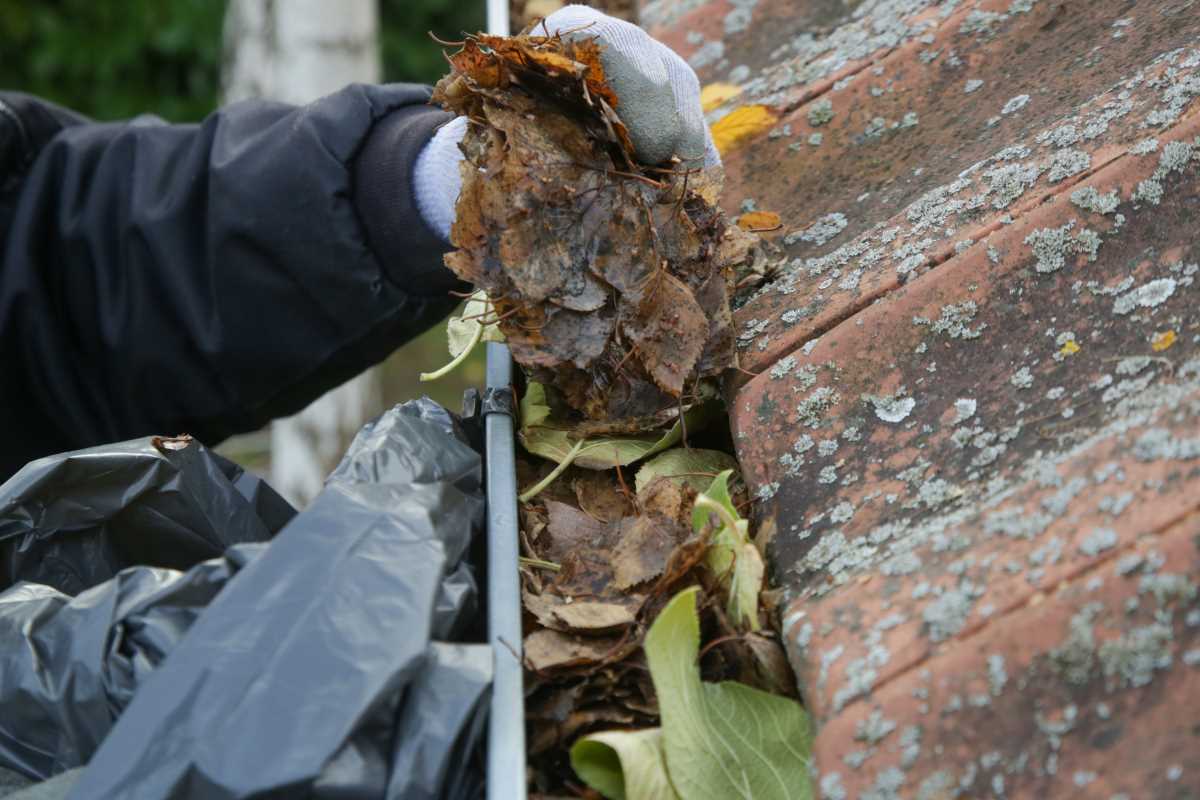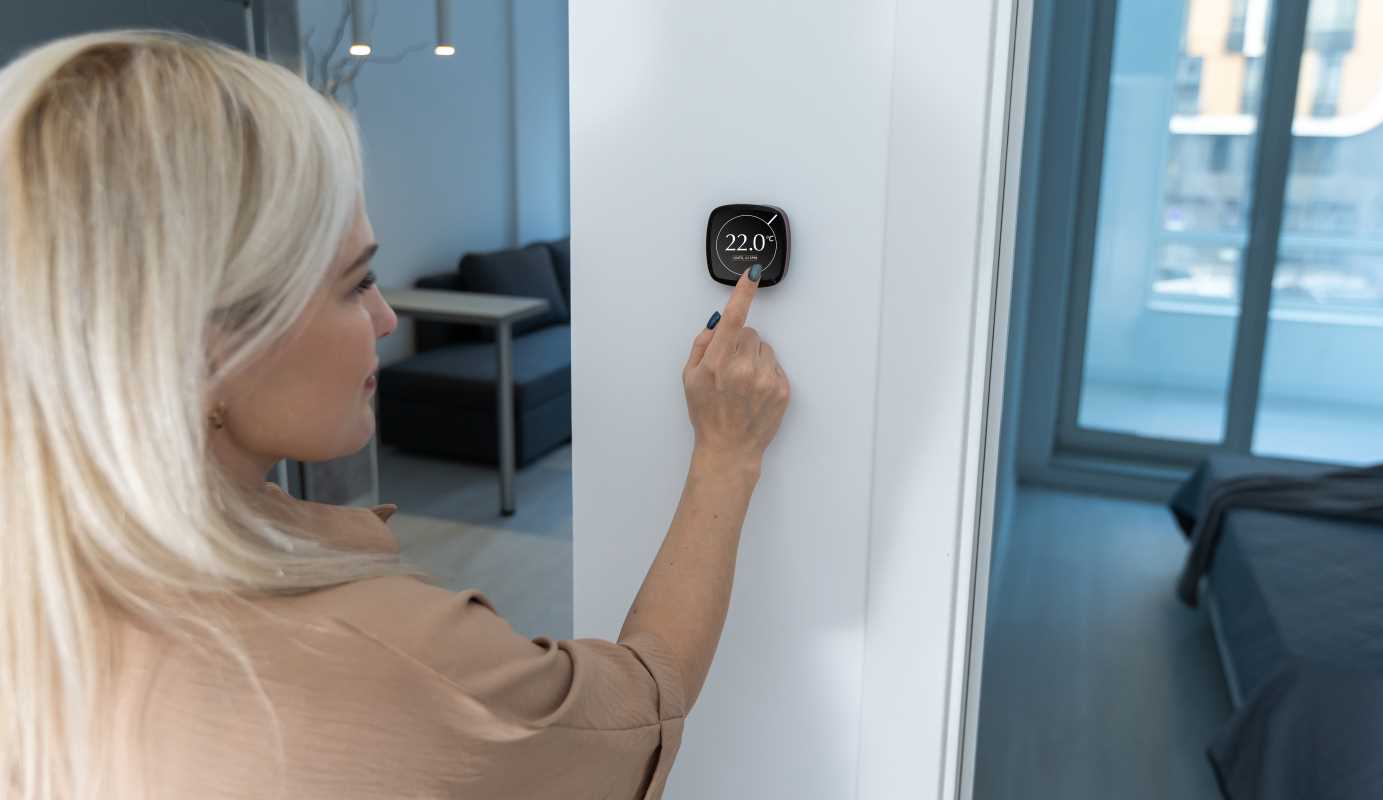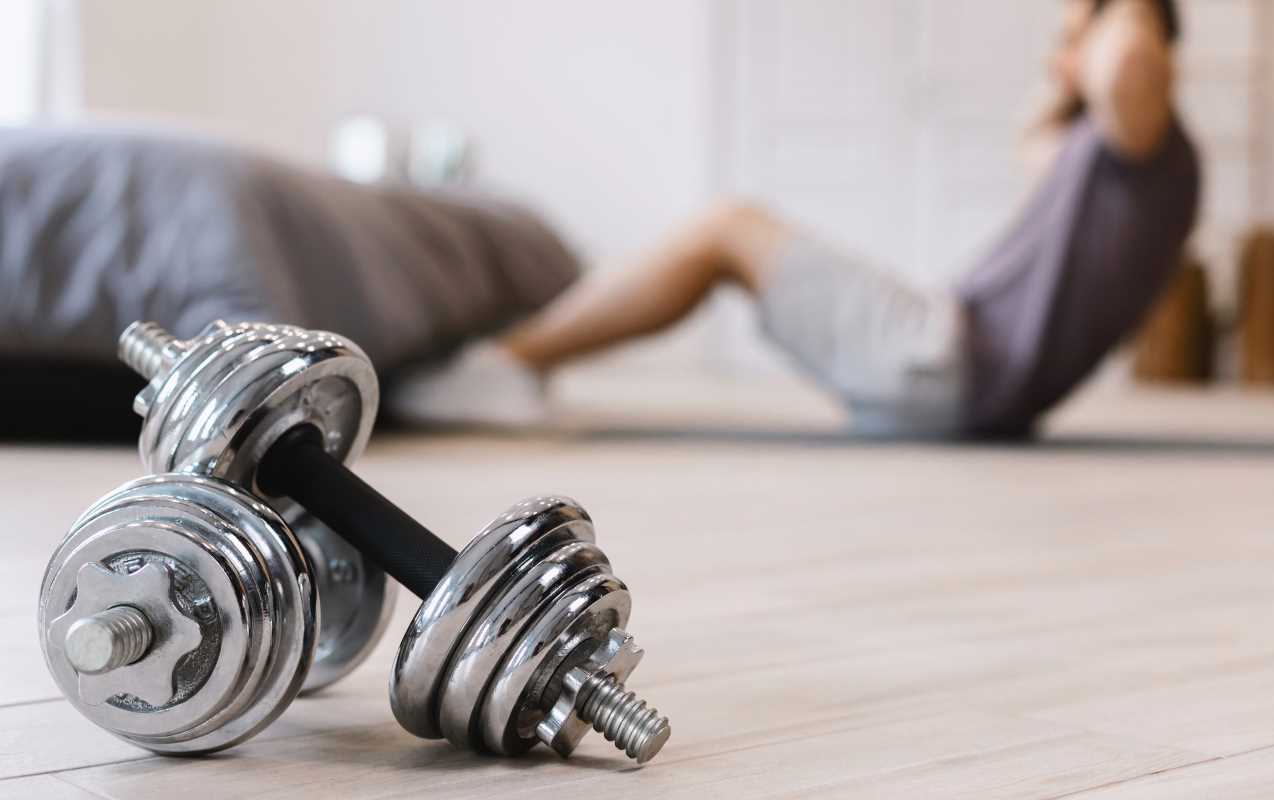When you think of allergies, your mind might go straight to pollen outside or pet dander floating in the air. But what if the very place you consider a safe haven, aka your home, is secretly making your allergies worse? It’s more common than you think. Everyday items and unseen culprits can turn your home into a breeding ground for allergens, leaving you sneezing, congested, or simply uncomfortable. For those with asthma or a sensitivity to allergens, these hidden triggers can make breathing more challenging and life more frustrating.
Once you identify these sneaky allergy agitators, you can take steps to minimize their impact. If getting an air purifier didn't help, check out one of these unsuspecting culprits.
Vacuum Cleaners Without HEPA Filters
Think your vacuum is cleaning up the allergens? Think again. Many traditional vacuums suck up dust, dirt, and dander but blow fine particles back out through their exhaust, essentially spreading allergens instead of removing them. It’s like a dust storm in disguise.
What You Can Do:
- Upgrade to a vacuum cleaner with a HEPA filter, which traps even the tiniest particles.
- Empty vacuum bags or bins outside, so allergens don’t recirculate in your home.
Bedding and Mattresses
Your bed should be a dreamy retreat, but for those with allergies, it can be anything but. Dust mites thrive in warm, humid environments, and your mattress and pillows make the perfect home for them. Every night, you're sharing your bed with microscopic creatures that can worsen allergy symptoms.
What You Can Do:
- Use zippered, allergen-proof covers on pillows and mattresses.
- Wash all your bedding, including pillowcases and duvet covers. Do this weekly in hot water (at least 130°F).
- Replace synthetic pillows every few years, as they can lose their resistance to allergens.
Indoor Plants
Indoor plants can spruce up your space and improve air quality, but they’re not always allergy-friendly. Mold can grow in damp soil, and the plants themselves can shed pollen, creating a double hazard for sensitive individuals.
What You Can Do:
- Choose low-pollen plants, like parlor palms or golden pothos.
- Avoid overwatering plants to prevent mold growth in the soil.
- Keep plants in well-ventilated areas and clean their leaves regularly to reduce dust buildup.
HVAC Systems and Air Filters
Your heating, ventilation, and air conditioning (HVAC) system is supposed to make your home comfortable, but if poorly maintained, it could be circulating dust, pollen, and mold spores. Dirty filters or outdated systems can worsen indoor air quality significantly.
What You Can Do:
- Replace HVAC filters regularly with high-quality ones, preferably HEPA filters that trap smaller particles.
- Clean air ducts every few years to remove built-up debris.
- Invest in a standalone air purifier for heavily-used rooms like bedrooms or living spaces.
Humidity Levels
A home that’s too humid invites mold and mildew, while one that’s too dry can irritate your respiratory system. Mold grows easily in areas like bathrooms, basements, and kitchens, especially in homes with poor ventilation.
What You Can Do:
- Keep indoor humidity levels between 30–50% using a dehumidifier if necessary.
- Open windows or use exhaust fans during activities like cooking or showering to reduce moisture buildup.
- Regularly check for leaks under sinks and appliances and repair them promptly.
Electronics and Remotes
Gadgets like remote controls, keyboards, and game consoles might not seem allergen-prone, but they gather dust, pet dander, and even food particles over time. Because these items are handled so often, they can easily spread allergens.
What You Can Do:
- Use a microfiber cloth to wipe down electronics regularly.
- Consider using disinfectant wipes to reduce allergen buildup while cleaning.
Refrigerator Drip Pans
Out of sight, out of mind? Not quite. The drip pan under your fridge, designed to collect moisture, is often a breeding ground for mold and bacteria. Since mold releases tiny spores into the air, it’s a serious irritant for allergy sufferers.
What You Can Do:
- Check and clean your drip pan at least every few months.
- Use a mild disinfectant after wiping it out to ensure the mold doesn’t return.
Laundry Machines
Yes, even your washing machine could be to blame. Mold, mildew, and detergent residue can build up in the rubber seals or detergent drawer, especially in front-loading machines. Each load of laundry could be releasing allergens into freshly cleaned clothes.
What You Can Do:
- Wipe the drum and seals dry after each use to prevent mold buildup.
- Run a cleaning cycle with vinegar or a washing machine cleaner once a month.
- Leave the door open between loads to air it out.
Final Thoughts
Your home should feel like a sanctuary, but hidden allergens can make it anything but. By identifying and addressing these unsuspecting triggers, you can create a cleaner, healthier environment that’s kinder to your allergies. Take a walk through your home, assess your triggers, and start tackling them one by one.
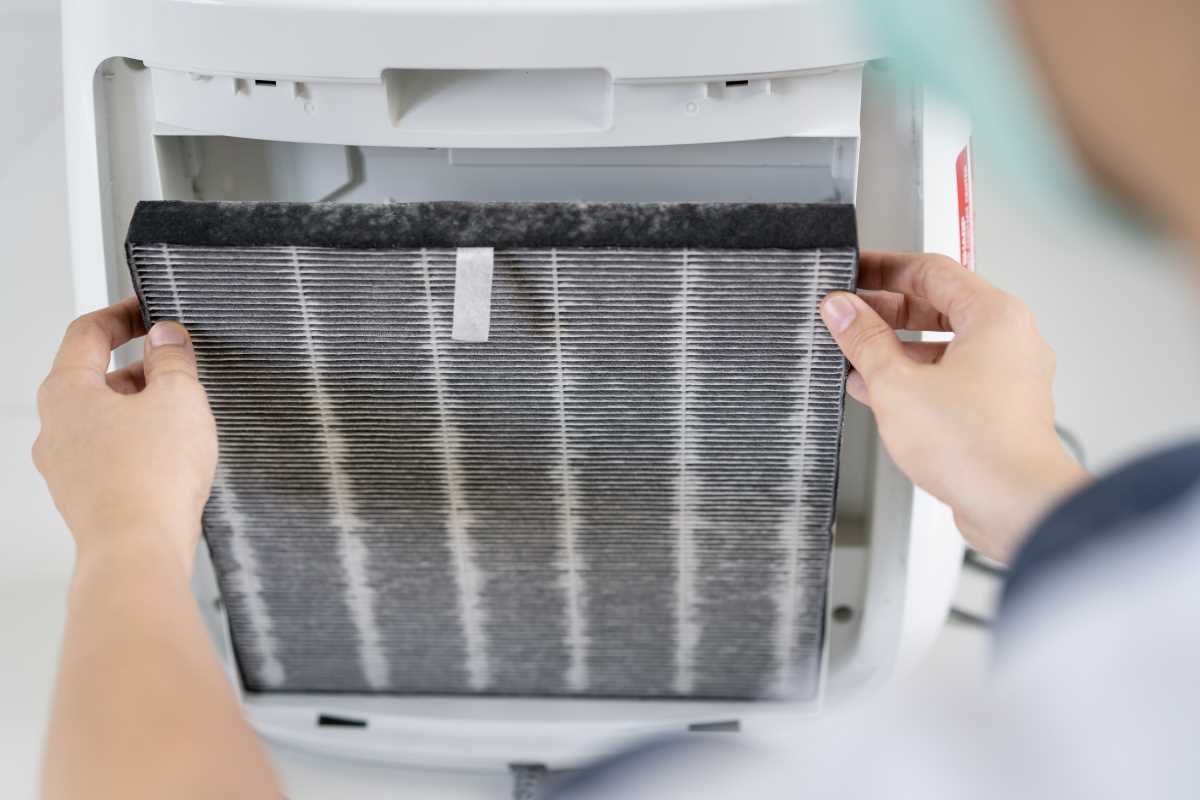 (Image via
(Image via